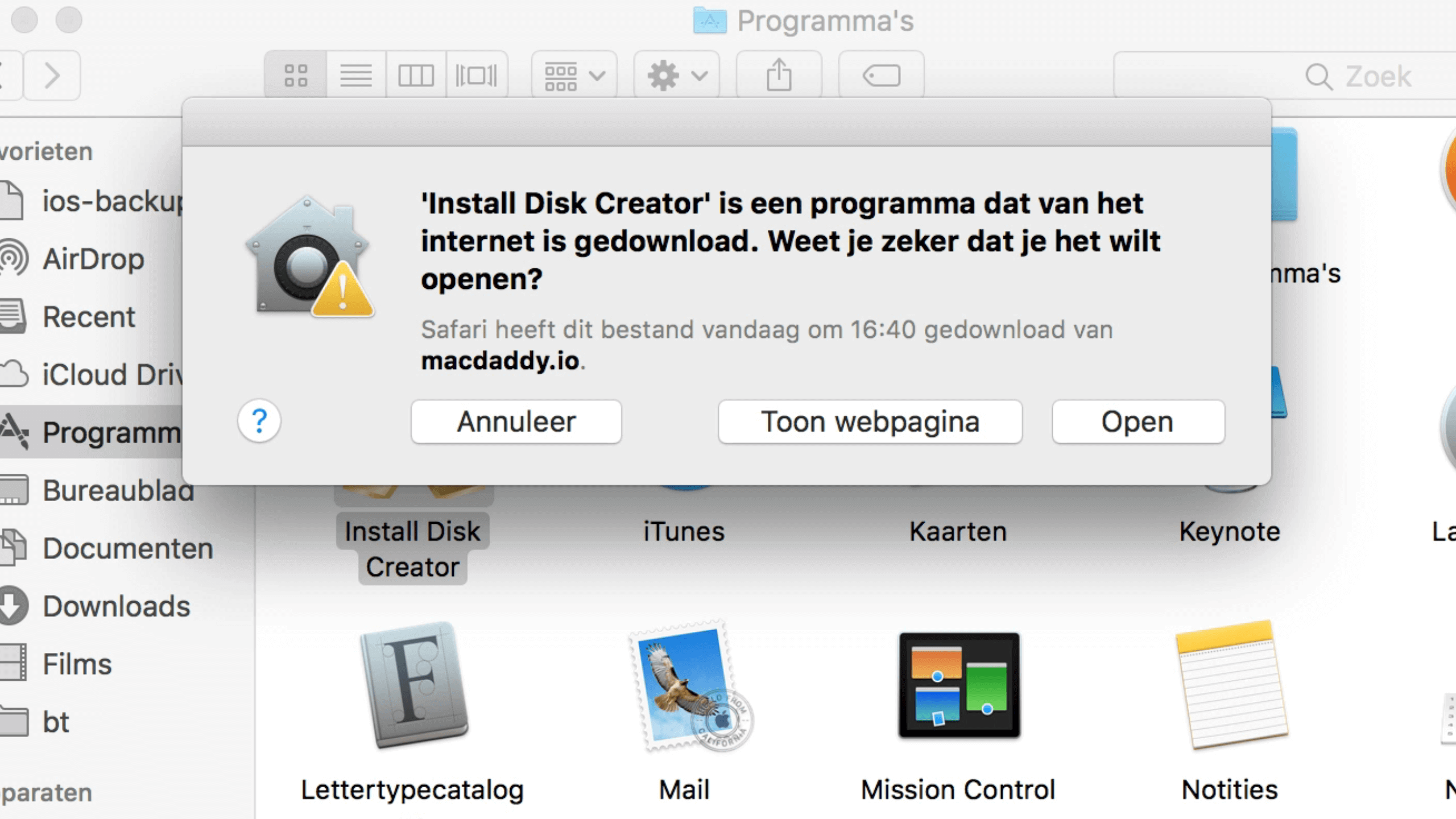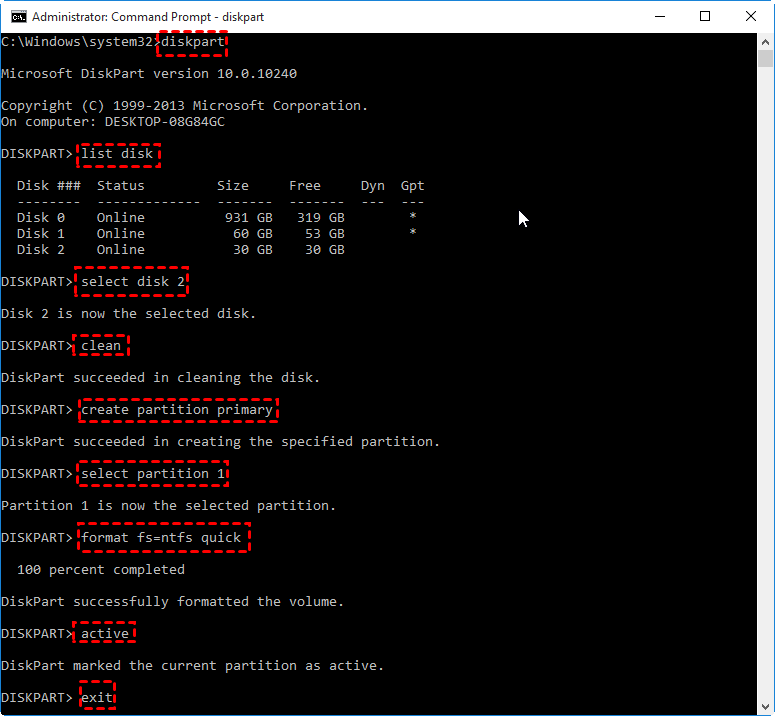Installing Yosemite from a bootable drive comes in handy if you want to do a clean install - wiping your hard drive and installing a fresh copy of the operating system, for example, or if you're installing the software on multiple Macs and don't want to have to download it each time.
- Install Disk Creator Yosemite 2020
- Diskmaker X
- Install Disk Creator Yosemite Windows 10
- Install Disk Creator Yosemite Download
- Install Disk Creator For Mac

Install Disk Creator Yosemite 2020
Which mac are you wanting to download Mac OS X Yosemite on, model and year.
Some macs that came preinstalled with an OS newer than Mac OS X Yosemite cannot
The disk that you are booted to at the time. Not any internal or external disk that you want to eventually install Yosemite on, that is for later.) Create a bootable USB installer disk using the Install OS X Yosemite.app. In the Applications folder and the createinstallmedia command in the Terminal app. Read the instructions here, How to create. Install Yosemite from the installation disk. Create the macOS X 10.10.5 Yosemite Install Disk from official sources As the hdiutil tool is proprietary, we do not have the choice to use a macOS to create the ISO file. Locate the file named Install OS X Yosemite, and then right-click the file and select Show Package Contents. Open the Contents folder, then open the Shared Support folder. Here you will find the disk image that contains the files you need to create a bootable installer. Double-click the InstallESD.dmg file. Doing so will mount the InstallESD.
do the conversion from InstallOSX.pkg to Install OS X Yosemite.app.
If the 'donor' mac is too new to convert the InstallOSX.pkg to Install OS X Yosemite.app
do you have a copy of the Snow Leopard DVD install disk.
If the mac running Big Sur is the right age to create the Yosemite installer app
click on the link below.
Go to Download macOS and click on OS X Yosemite 10.10
this downloads InstallMacOSX.dmg to your Downloads folder.
Diskmaker X
The next section can only be done on a mac that is capable of running Yosemite.
This includes macs that have the potential to run Yosemite but have been upgraded to a newer OS.
A mac that came preinstalled with an OS later than Yosemite will refuse to do the next bit.
When downloaded open to InstallMacOSX.pkg, double-click on
that and an installation window will open, this does not install Yosemite
but converts the InstallMacOSX.pkg to the Install OS X Yosemite.app which
you will find in your Applications folder.
(If the installation window asks which disk you want to install to, you must pick
the disk that you are booted to at the time. Not any internal or external disk that
you want to eventually install Yosemite on, that is for later.)

Create a bootable USB installer disk using the Install OS X Yosemite.app
in the Applications folder and the createinstallmedia command in the Terminal app.
Read the instructions here,

Aug 28, 2021 6:40 AM
These advanced steps are primarily for system administrators and others who are familiar with the command line. You don't need a bootable installer to upgrade macOS or reinstall macOS, but it can be useful when you want to install on multiple computers without downloading the installer each time.
What you need to create a bootable installer
- A USB flash drive or other secondary volume formatted as Mac OS Extended, with at least 14 GB of available storage
- A downloaded installer for macOS Big Sur, Catalina, Mojave, High Sierra or El Capitan
Download macOS
- Download: macOS Big Sur, macOS Catalina, macOS Mojave or macOS High Sierra
These will be downloaded to your Applications folder as an app named Install macOS [version name]. If the installer opens after downloading, quit it without continuing installation. To get the correct installer, download from a Mac that is using macOS Sierra 10.12.5 or later, or El Capitan 10.11.6. Enterprise administrators, please download from Apple, not a locally hosted software-update server. - Download: OS X El Capitan
This will be downloaded as a disk image named InstallMacOSX.dmg. On a Mac that is compatible with El Capitan, open the disk image and run the installer within, named InstallMacOSX.pkg. It will install an app named Install OS X El Capitan into your Applications folder. You will create the bootable installer from this app, not from the disk image or .pkg installer.
Use the 'createinstallmedia' command in Terminal
- Connect the USB flash drive or other volume that you're using for the bootable installer.
- Open Terminal, which is in the Utilities folder of your Applications folder.
- Type or paste one of the following commands in Terminal. These assume that the installer is in your Applications folder and MyVolume is the name of the USB flash drive or other volume you're using. If it has a different name, replace
MyVolumein these commands with the name of your volume.
Big Sur:*
Catalina:*
Mojave:*
High Sierra:*
El Capitan:
* If your Mac is using macOS Sierra or earlier, include the --applicationpath argument and installer path, similar to the way this is done in the command for El Capitan.
After typing the command:
- Press Return to enter the command.
- When prompted, type your administrator password and press Return again. Terminal doesn't show any characters as you type your password.
- When prompted, type
Yto confirm that you want to erase the volume, then press Return. Terminal shows the progress as the volume is erased. - After the volume has been erased, you may see an alert stating that Terminal would like to access files on a removable volume. Click OK to allow the copy to proceed.
- When Terminal says that it's been completed, the volume will have the same name as the installer you downloaded, such as Install macOS Big Sur. You can now quit Terminal and eject the volume.
Use the bootable installer
Install Disk Creator Yosemite Windows 10
Determine whether you're using a Mac with Apple silicon, then follow the appropriate steps:

Apple silicon
Install Disk Creator Yosemite Download
- Plug the bootable installer into a Mac that is connected to the internet and compatible with the version of macOS you're installing.
- Turn on your Mac and continue to hold the power button until you see the startup options window, which shows your bootable volumes.
- Select the volume containing the bootable installer, then click Continue.
- When the macOS installer opens, follow the onscreen instructions.
Intel processor
Install Disk Creator For Mac
- Plug the bootable installer into a Mac that is connected to the internet and compatible with the version of macOS you're installing.
- Press and hold the Option (Alt) ⌥ key immediately after turning on or restarting your Mac.
- Release the Option key when you see a dark screen showing your bootable volumes.
- Select the volume containing the bootable installer. Then click the up arrow or press Return.
If you can't start up from the bootable installer, make sure the External Boot setting in Startup Security Utility is set to allow booting from external media. - Choose your language, if prompted.
- Select Install macOS (or Install OS X) from the Utilities window, then click Continue and follow the onscreen instructions.
Learn more
A bootable installer doesn't download macOS from the internet, but it does require an internet connection to get firmware and other information specific to the Mac model.
For information about the createinstallmedia command and the arguments you can use with it, make sure the macOS installer is in your Applications folder, then enter the appropriate path in Terminal: